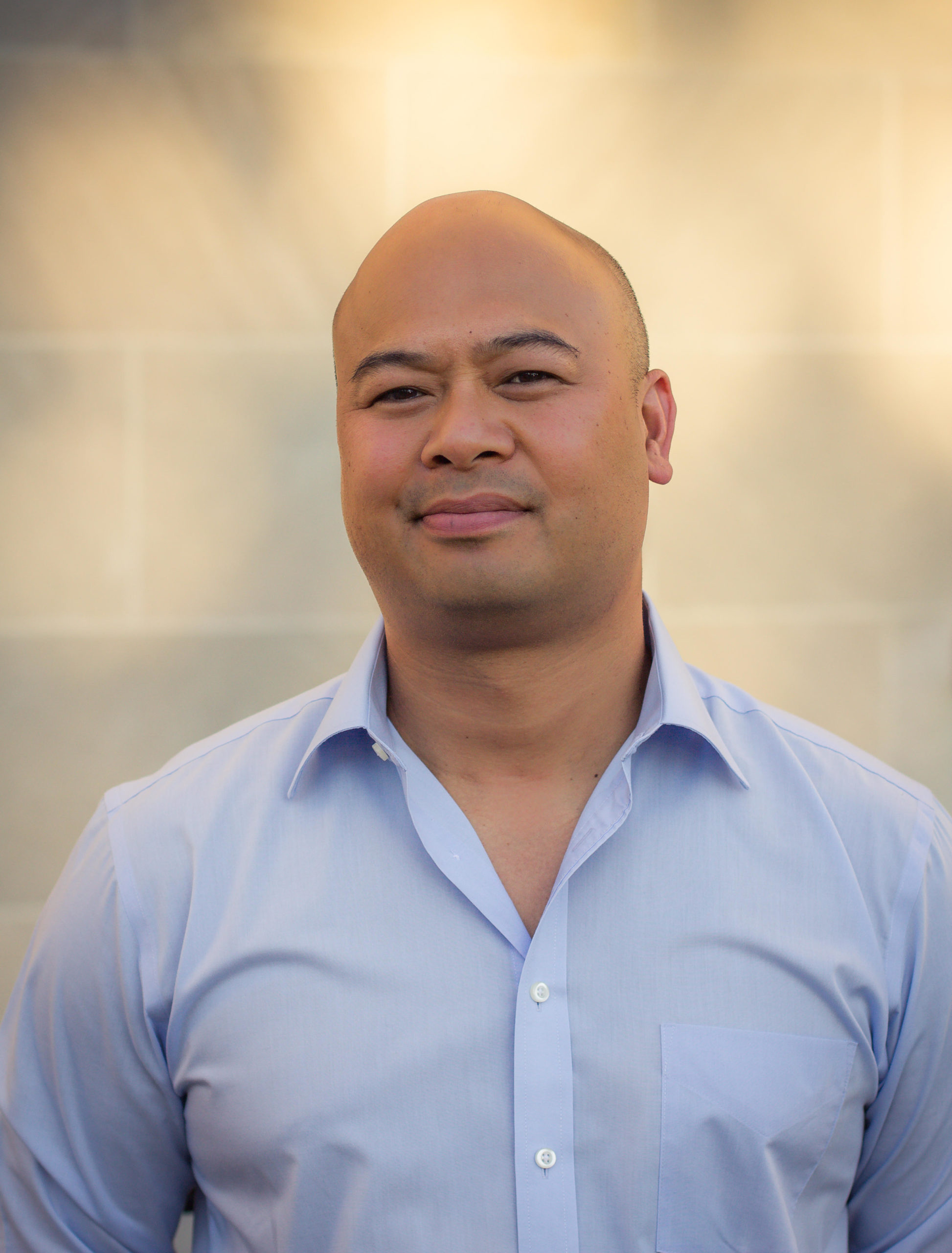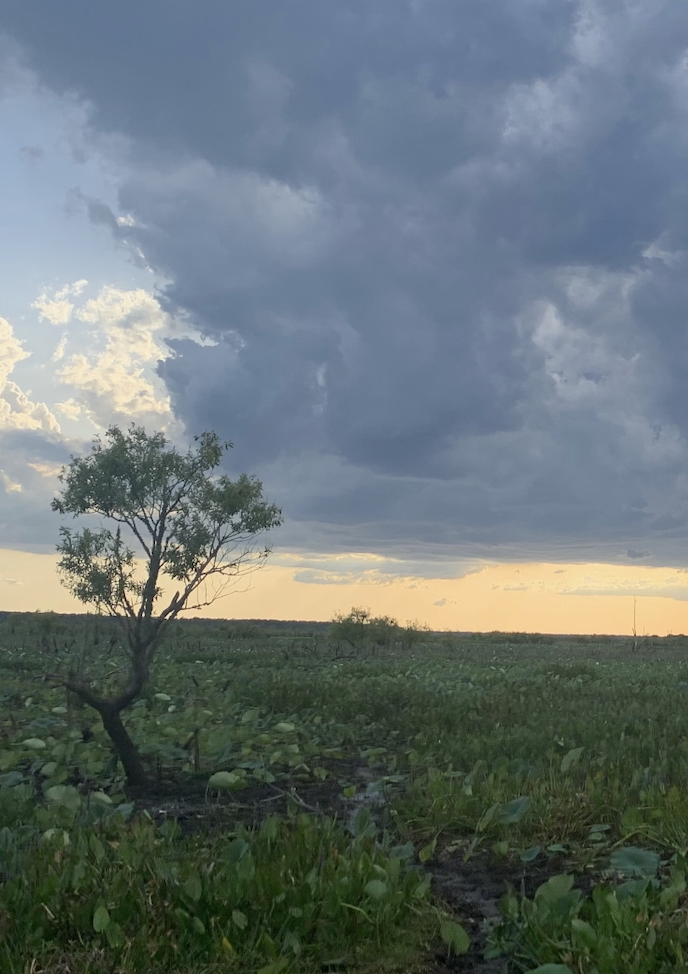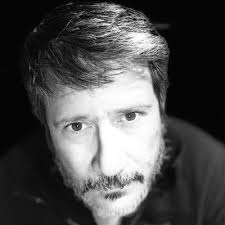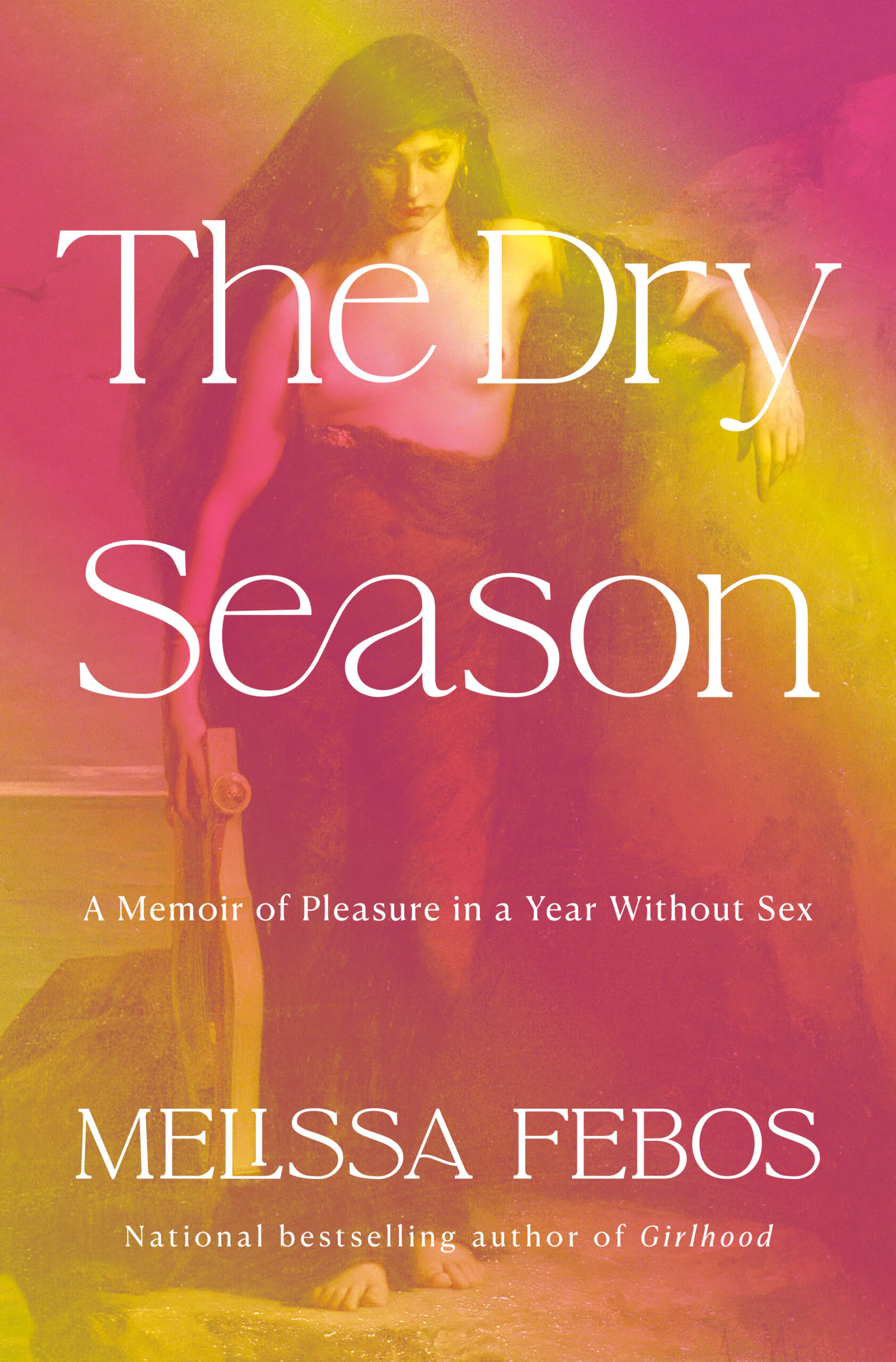CAMERON FINCH interviews OLIVER DE LA PAZ
 Oliver de la Paz is the author of five collections of poetry, including his latest book, The Boy in the Labyrinth (University of Akron Press, 2019). His work has been published or is forthcoming in Poetry, American Poetry Review, Tin House, The Common, The Southern Review, and Poetry Northwest. He is a founding member of Kundiman and now serves as co-chair of Kundiman’s advisory board. He teaches at the College of the Holy Cross and in the Low-Residency MFA Program at Pacific Lutheran University.
Oliver de la Paz is the author of five collections of poetry, including his latest book, The Boy in the Labyrinth (University of Akron Press, 2019). His work has been published or is forthcoming in Poetry, American Poetry Review, Tin House, The Common, The Southern Review, and Poetry Northwest. He is a founding member of Kundiman and now serves as co-chair of Kundiman’s advisory board. He teaches at the College of the Holy Cross and in the Low-Residency MFA Program at Pacific Lutheran University.
Cameron Finch spoke with Oliver about mythic metaphors, the problem with story problems, empathy in the digital era, and the role of poetry in the endless exploration of ourselves.
*
Cameron Finch (CF): The Boy in the Labyrinth touches on a topic you mentioned in another interview: your experience filling out the Autism Screening Questionnaire about your sons. It’s an experience you had previously been reluctant to write about. I’m interested in that moment when a writer shifts from keeping everything inside to feeling “ready” to share it with not only the people you love, but people who you have not met before or maybe never will. What prompted that shift for you?
Oliver de la Paz (OdlP): I had finished writing the last of the “labyrinth” prose poems. I had a sheaf of about 100 or so of those prose poems and I knew by themselves they were fairly inert. Additionally, I had just come to terms with the realization that I had been writing about my neurodiverse kids, but through the mask of the Theseus and the Minotaur allusion. That’s when I started messing about with other shapes and structures, like the mathematical equations and the multiple choice questions. I was enjoying the process of writing again, using these found forms and structural templates. I then turned to the Autism Screening Questionnaires that my wife and I had filled out as initial assessments of our sons and realized that I needed to respond to the structure of the questionnaire. I think it just took time—time was what prompted the shift. All along I had been writing about my sons through the Minotaur and Labyrinth allusion but I wasn’t able to acknowledge that until I had gotten my confusion about being a parent of neurodiverse children on the page. I imagine the long prose poem sequence was my way of exploring my ambivalence. As time passed, I became ready to strip away the mask.
CF: The metaphor of the labyrinth takes on many identities in your collection. I’m curious how you see the labyrinth as a “place.” Within the labyrinth, we follow the boy through rooms and doors, as if in a house. Parts of the labyrinth wind us through narrow dark alleyways, sometimes we stand under an open sky. Sometimes we can hear the ocean pulsing nearby. In fact, the environment is always animated, alive with personality and agency. How do you map these complex layers of landscape in your head while you write?
OdlP: Well, it was confusing for me, but I knew immediately that the labyrinth I was writing about was not the one from the myth. I knew that the labyrinth was both underground and above ground, within the mind of the boy and also a very real space. When I write, I write in sequences and series. I also write in highly concentrated bursts, so I end up writing five, six, eight poems that are fairly similar. All of the spaces in the world of this labyrinth are based on actual places my sons have been, from theaters to school corridors to ocean tidepools. So the map of the labyrinth is literal on the one hand. On the other, it is a bewildered and fluctuating space, such as the world is for kids who might have sensory processing issues like my kids. I wanted to imagine that space when I was in the process of writing the work but I quickly realized, who the hell was I to write about these spaces from this perspective? That’s about the time I stopped and moved towards the other sequences that inhabit the book.
CF: “In the labyrinth, there is constantly the problem of proximity. What is understood about where you stand depends on where you stand.” This line from “Episode 6: Labyrinth” feels particularly relevant in a world where people’s understanding of each other greatly depends on the places where they’re born and on the families who raise them. However, the internet certainly complicates matters and can move people into a digital limbo—a false sense of proximity. We can now “virtually” stand where another stands and see what a person wants us to see, but does that really help us understand how another person lives? I’m especially interested in how you see “the problem of proximity” affecting our understanding of another’s mental space? How close can empathy get us to another person? And how does empathy play a part in your own poetry-making?
OdlP: I’m not sure the proximity my kids feel on the internet is false to them. My sons are quite adept at living in their digital spaces. In many ways the computer and communicating virtually is a preferred mode of communication for them. Even though some of us in the neurotypical realm caution others about living virtually, my kids use virtual space as a way to socialize and communicate. You and I, though, might judge these computer-mediated spaces as false or a kind of “digital limbo” if you will, but I know a number of neurodiverse/autistic people who absolutely rely on the internet and internet chat to thrive and have social lives.
But to answer your true question, I think it’s impossible for us to truly understand what another person is thinking. And we can make attempts at it but we also have to acknowledge that some attempts will be failures, some will be art, some will be failed art. We can make lots of approximations. Lots of attempts. I think that’s what my kids are doing when they go online and play with each other.
This question of proximity gets a little tricky for me because I spend a lot of effort on the page attempting to make connections and bridging that problem of proximity through metaphor. I mean, poetry-making is an empathy play—we attempt to explain ourselves and our world by showing symbols of meaning that are agreed upon and then transfer the qualities of those symbols of meaning to something otherwise unrelated. There’s something beautiful in the attempt to reach beyond ourselves, yes? Beautiful but also a kind of reaching into the void. You’re never sure the vehicle your tenor is riding on will get you where you need to go.
CF: We can see the influence of the Ancient Greeks in your allegory of the labyrinth, and you also use the framework of ancient choral odes to structure this collection into three parts: Strophe, Antistrophe, and Epode. How did you decide to use this particular organization for The Boy in the Labyrinth? What do these sections signify for you?
OdlP: When I structure a manuscript, I try to think about its organization as three separate movements, and I often use the Strophe, Antistrophe, and Epode structure of movement—west to east and back again—as a way for me to discern whether or not there’s actual action or conflict in a book in progress. Then I often change or alter the organization but in the case of this book it made sense to pay homage to the Greek structure while also resolving the aspects of tragedy that the work initially explores. So that first section where we’re introduced to the boy in the labyrinth, there’s an aimlessness. In the second section there’s an attempt to make connection. The third is all about made connections but also about understanding the limits of the narrative. Within every section, I have poems entitled “Story Problem” which function as hybrid poems that are, indeed, story problems, but also comment on the trouble with narration. I had those poems at the tail end of the Strophe, Antistrophe, and Epode sections because I also wanted to highlight the unwieldy nature of the tale.
CF: The Boy in the Labyrinth showcases a terrific breadth of your experimentations with form. Some of your poems are questionnaires, some are neat bundles of prose, and others have interactive “fill-in-the-blank” or “multiple choice” elements. How did the form of each poem come to you? Do you experiment with multiple forms of the same poem before committing to one?
OdlP: The questionnaire form poems came as I was wrestling with the sameness of the prose poem structure. I had realized, after several years of writing in the template, that the work was far too dense and needed some type of interrupting sequence. I devised the questionnaire poems as a way to escape a writerly drudgery. What followed were other formal considerations—the “Story Problem” poems came next and those gave way to the other standardized testing type forms. I wanted to understand what kind of story I was telling with these specific explorations of form and how the forms conversed with the labyrinth poems. It occurred to me that they were telling a tale of failure—that the choices offered to the problem solver do not actually solve the problem. And ultimately, I wanted to ask whether there was ever a problem at all. And yes, I experimented with a few things—I contemplated working in traditional forms like pantoums and villanelles to suggest a kind of circularity, but those didn’t feel right given the unconventional structures of the other poems. It felt like too much of a forced perspective.
CF: Speaking of those interactive elements, I’m fascinated by poems like “Solve for X,” “Chorus: Complete the Sentences,” and “Chorus: Select an Answer.” In the latter poem, you give us four possible answers to an unstated question.
- You know the story of the sound—how it ascends like a silver balloon. Its skin, unbound from any limb taps the ceiling. Its hollow center hollowed still, through no alteration or repair.
- The sound of it an inquiry into what is granted. And what is granted is the now. The now when a mallet strikes a tiny drum and what was once silent rises into the wide and white vowels.
- The white vowels alone.
- The dark cave alone.
No answer key is provided either—all we’re given are the options. The reader must decide how to choose an answer to a question that is never asked. Personally, I find it both terrifying and quite freeing to possess an answer but not a question. How do you hope your readers will engage with these poems?
OdlP: Well, I don’t think any of the answers are right or wrong—and that’s the point. That if you’re looking for ways to “fix” something that isn’t “broken,” then you’re really doomed to go on searching for answers that aren’t there. And really what needs adjusting are the kinds of questions we ask. There’s a parallel, of course, to how we think about neurodiversity—so much of the obsession is with “fixing” something. But shouldn’t we be in the business of listening instead? So for that particular poem there are all those choices that offer opportunities for listening. All the choices are right. All the choices are wrong.
CF: I recently enjoyed this article about a father who uses photography as a way to cope with his son’s autism diagnosis. How has writing helped you through the joys and difficulties of parenting, and in what other ways has it acted as or fostered an outlet, a dialogue with the self? What future issues, topics, and aspects of the self do you see yourself investigating?
OdlP: I’ve learned a lot about myself as a father, throughout my own personal journey, which in no way is my sons’ journey. It’s funny, but I very much see the poems that I had written in this book as asynchronous to the way I advocate for my kids now. I’m concerned about whether I am denying the interiority of my children and so when I give readings, I’m careful to articulate that the perspective is mine and is full of failings and misrepresentations. I always acknowledge that the work had been published as I was in the process of understanding and in a way, my performance of the work before audiences is a way of chasing that work down and not retracting it, but contextualizing it. My kids know the book is about them and they talk to me about it—at the moment they’re somewhat interested in the fact that it’s about them but they also understand that it’s not necessarily for them, and that’s an issue that will change as they get older and actively advocate for themselves. I’m not sure I’m going to continue down this path of writing because, like I’ve said, I’ve learned a lot and I’m a different parent.
*
Oliver de la Paz’s latest book, The Boy in the Labyrinth, is available from University of Akron Press.
*
Cameron Finch’s writing has appeared in Entropy, Windmill, Glass, and Queen Mob’s Tea House, and her interviews with authors and small presses can be found in The Rumpus, Michigan Quarterly Review, Electric Literature, and The Adroit Journal. Find out more about her at ccfinch.com or on Twitter at @_ccfinch_.
*
Headshot by Caleb Young.





